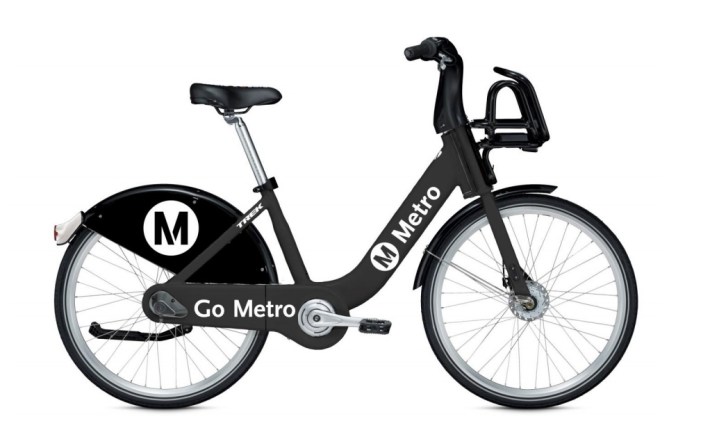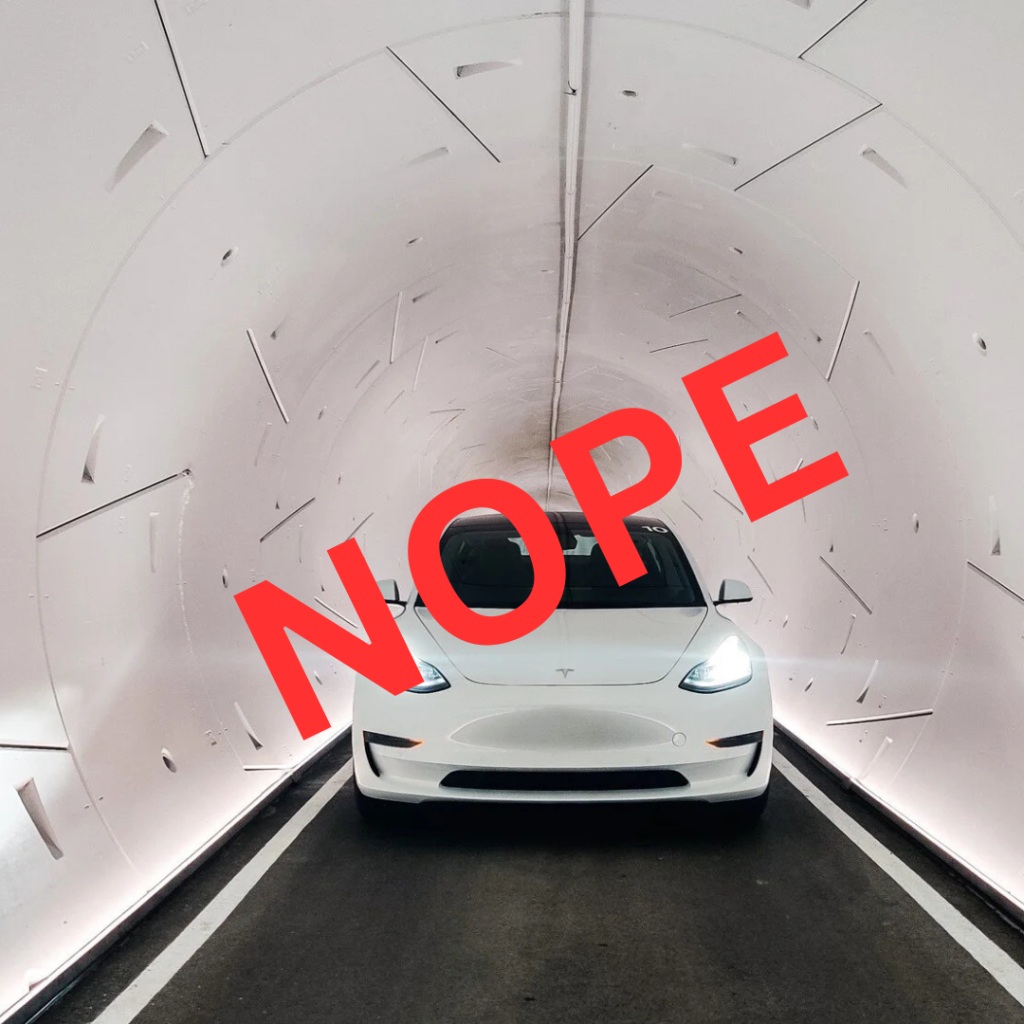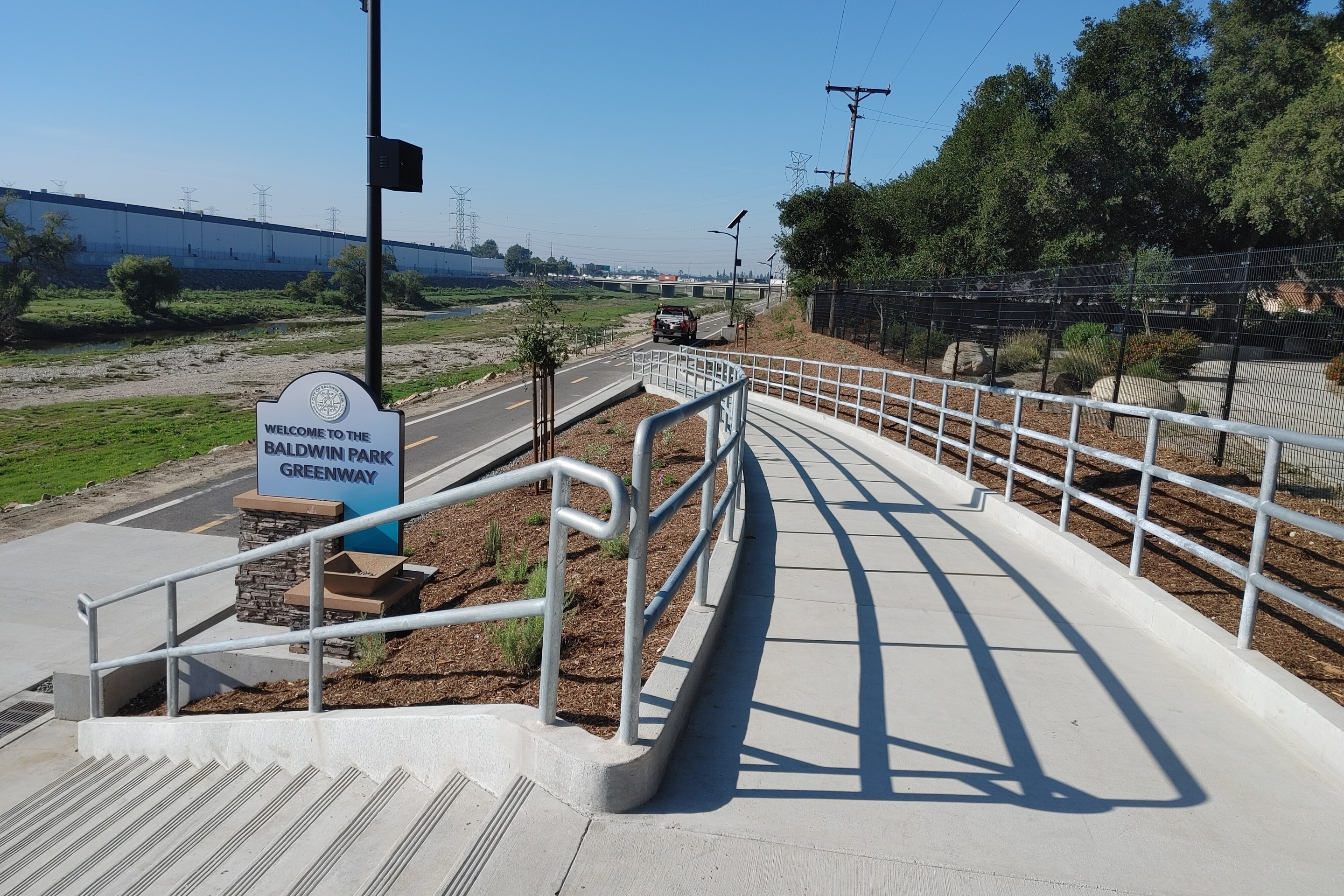Happy new year to all those loyal Streetsblog Los Angeles readers, especially the ones who have donated to keep SBLA strong. It is not too late for the rest of you to donate - click here.
Prediction is difficult, especially about the future and about travel forecasting. But there are a few big changes on the near-term horizon that will expand livability in Southern California. Below is a quick timeline of some of the big stories SBLA can foresee materializing in 2016.

The Sixth Street Bridge Makes Way For Its Replacement
Downtown L.A.'s historic 1932 Sixth Street Viaduct will be closed this month, with demolition anticipated to begin in February. It is sad to see this icon go, but the new bridge (coming in three years) will be iconic, and billed to be bigger and better for driving, bicycling and walking.
Mobility Plan Faces Showdowns
L.A.'s multi-modal Mobility Plan 2035 keeps facing off with opponents and keeps getting re-re-approved. Ahead in early 2016, it faces a second lawsuit and a suite of hostile amendments. When the plan survives, hopefully-more-or-less intact, can L.A. finally get some of those luxury transit lanes implemented post-haste?
Venice Boulevard To Get Protected Bike Lanes
As part of its Great Streets re-vamp, expected by Spring 2016, Venice Boulevard is getting protected bike lanes from Beethoven Street to Inglewood Boulevard in Mar Vista.
CicLAvia Opens New Streets
CicLAvia takes to the Northern San Fernando Valley on March 6th. The popular festival will also do: Watts / Southeast cities - May 15th, Wilshire Boulevard - August 7, and Heart of L.A. - October 9. More similar events on the horizon, including Golden Streets on 17 miles of the San Gabriel Valley on June 26.
Mariachi Plaza Planning Gets Underway
Metro heard Boyle Heights residents' frustration over initial plans for Mariachi Plaza joint development, and smartly reset the project. In early 2016, the community engagement process gets underway again.

Metro To Open Foothill Gold Line Extension
On March 5th, Metro will begin service on the new 12-mile extension of the Gold Line, extending light rail from Pasadena to Azusa. Explore the new extension via SBLA's 2014 series on the rail line, transit-adjacent development, bridges, and maintenance yards.
Metro To Open Santa Monica Expo Line Extension
Though it was expected in late 2015, Expo's construction authority hasn't quite turned over the completed line to Metro. There are test trains out on the line... and it is due to open, let's just say, mid-2016. Portions of the parallel Expo bikeway will open at that time, but there is a gap to be completed someday when agencies get around to it.

Metro Bike-Share To Open In Downtown Los Angeles
The funding is secure. Work is already underway. Metro and the city of L.A. have teamed up to launch a 1000+ bikes bike-share system in downtown Los Angeles. There is no date announced, but the launch is anticipated for Summer 2016. Long Beach and West Hollywood are also due to launch their bike-share systems in 2016.
Metro To Reorganize Bus Service For Frequent Network
Metro is working on a significant re-organization of its bus service, called the Strategic Bus Network Plan or SBNP, expected to be implemented in July 2016. It's complicated, but basically, Metro will eliminate some under-performing lines, improve frequency on other lines, hand off some lines, eliminate some stops, and allow for a bit more peak crowding on some already frequent bus lines, and - voila! - the overall system will carry more riders for no additional cost. Houston recently implemented a similar re-org and is already seeing positive results. Can Metro do the same?
November Ballot Measures
Metro is looking to put its Son Of Measure R transportation sales tax measure to the voters in November 2016. There are lots of moving pieces, including possible bike and walk funding, or not. NIMBYs are pushing an anti-development ballot measure... and, oh yeah, there is a presidential election too.
Just about the same time as I thought of doing this post, the Militant Angeleno had already posted a similar one. I probably noticed MA's post on social media and unwittingly plagiarized the idea before knowingly stealing some of his content.






